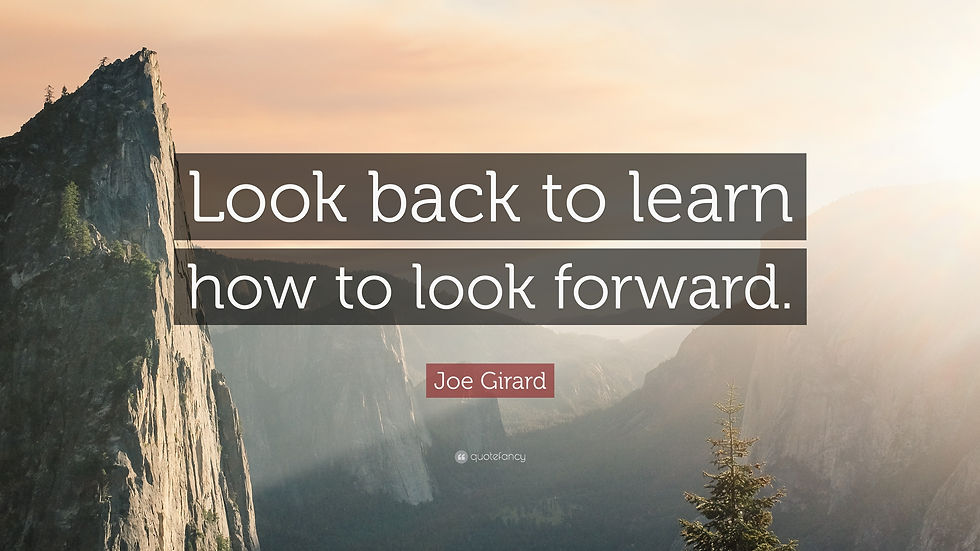Normalizing Norming
- Anne Marie DeCarolis

- May 30, 2022
- 2 min read
Tuckman’s famous Stages of Team Development - forming, storming, norming, performing and adjourning – both guide and haunt teams.

All teams want the process to be linear, yet most encounter a chutes and ladders experience, with a snake bite or two along the way.

The stage of development dictates the degree of knowledge sharing, trust and collaboration that take place.

In an effort to reach high performance, the natural tendency is to barrel ahead and neglect forming and norming while accepting storming as a necessary evil.
The difference between mediocre teams and great ones are how they approach the early phases. Investing in forming and norming can help reduce the amount of time spent storming and the severity of its impact. Great leaders know this and choose to lean in.
If you find yourself joining a new team, consider using the tools that follow to bond and mature the team.
Forming Tools
Introductions are key. A few exercise options include:
One-Pager of Your Own Design: Bring out the creativity of the team and create a blank slate so individuals can share what they are comfortable with.
Get to Know Worksheet: This worksheet blends casual questions with select ones related to recognition and motivation. It creates a blueprint for teams that may find a “design your own” assignment a bit too vague. To use, ask each member to complete the sheet in advance, collect them and then play a game of “guess who” during a team meeting. View the worksheet.
Personal User Manual: Borrowing a page from Atlassian’s book, ask team members to compose a personal user manual and discuss them. View their template here.
To continue gaining value from a forming exercise, make the materials available to the team for future reference.
Norming Exercise
Once the team knows each other a little bit better, an exercise which builds upon the forming exercise is helpful. Such an activity can quell a storm, provide more work-centric introductions and/or establish day-to-day norms for more effective collaboration.
Create a simple grid (or use this one) with the categories below, ask the team members to complete 1-8 about themselves and 9 about their colleagues. Combine the responses, discuss them and publish a one-page summary for future reference.
Personal Strengths
Professional Development Goals
Working Style
Lifestyle Needs/Boundaries
Standard Working Hours
Preferred Communication Method
Preferred Style of Recognition
I want my team to know…
My superpower in the eyes of my team is…
To the Point
Invest in your team’s development early and often.
TEAM: Together Everyone Achieves More.
Image sources:




Comments